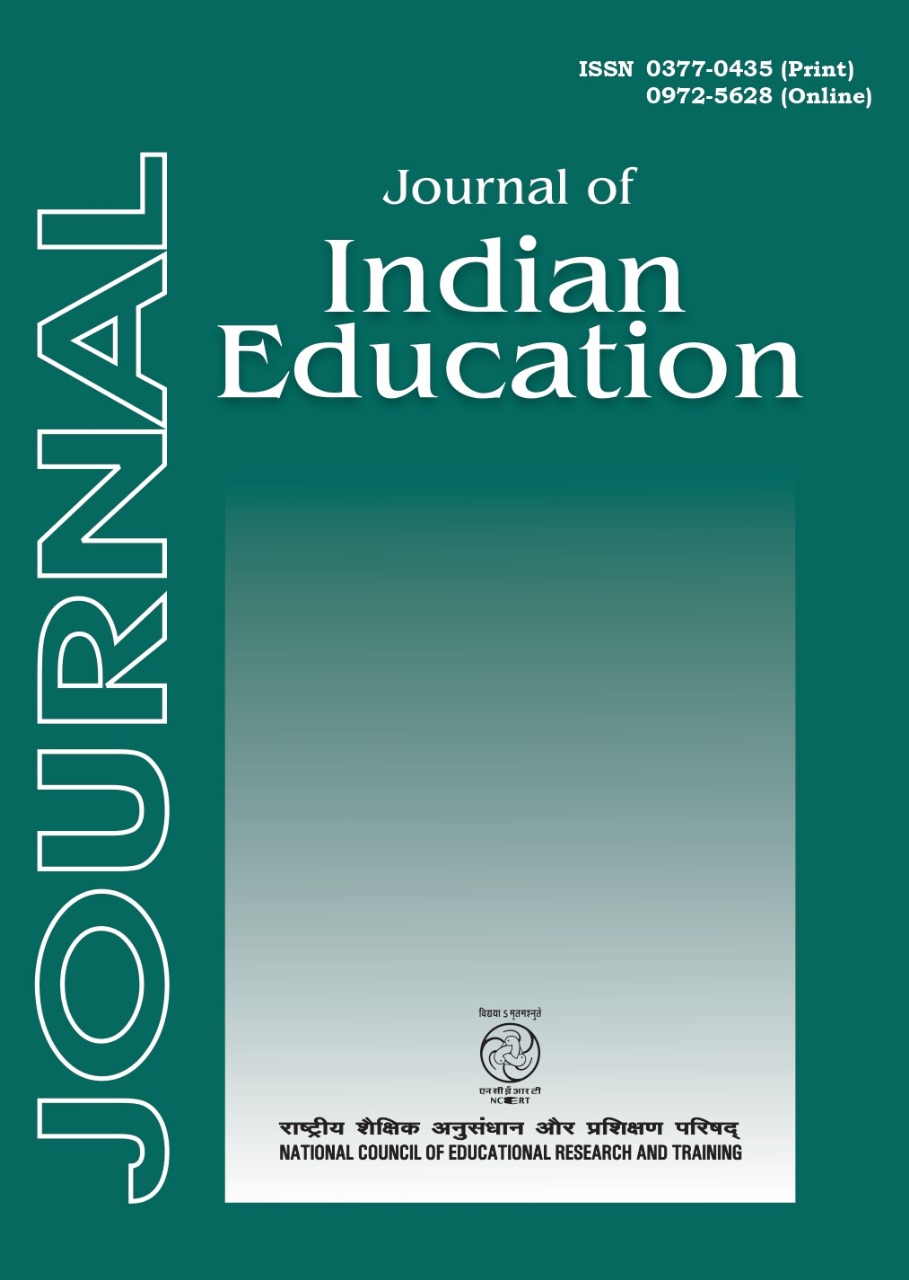Published 2024-11-27
Keywords
- History Education,
- NCF-2005,
- Critical Thinking
How to Cite
Abstract
History is often viewed as something we read from books or are told through lectures rather than perceived as an active process of inquiry and discovery. The result of such presentation is that through this passive involvement, students accept the facts presented to them, not realizing the true engaging qualities of the historical process. How then can history transform the students experience into one that encourages students to become active participants in exploring history? The answer lies in presenting history in such a way that invite students to become involved in the interpretation of the past by allowing them to utilize analytical and interpretative skills just as a historian would. Among current approaches to teaching, constructivism most closely resembles the model of learning in which children actively construct things and learn from their own experiences. Applying constructivist concepts to the teaching of history can revolutionize the learning environment, and perhaps recapture the joy of learning as envisaged in the report ‘learning without burden’. After a brief exploration into the meaning of constructivism and the theories of the educators who elaborated on it, the article moves on to the examples of constructivist learning from new NCERT history textbooks based on NCF-2005.The article tries to put emphasis on making use of different approaches to serve the needs of student’s best and providing greater variety of information.

